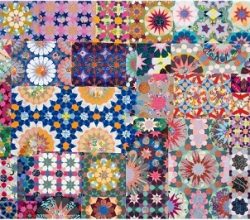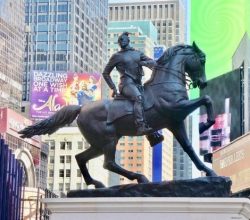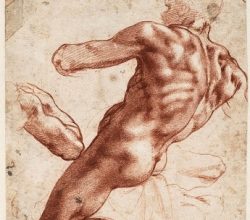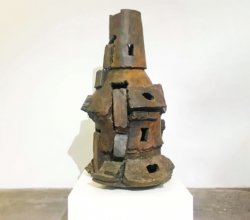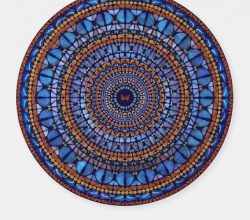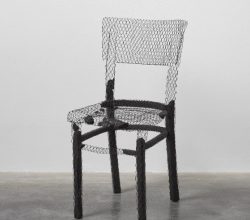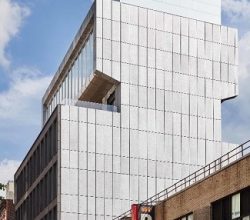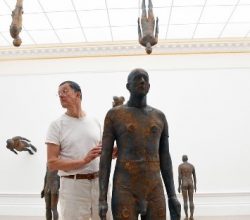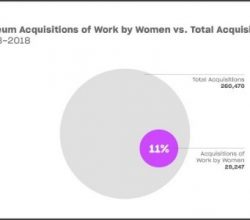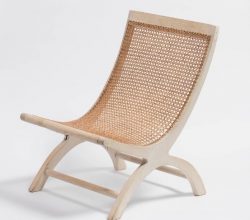
A new vision of nature
Russell Kelty | The-Easel | 1st October 2019
This newsletter introduces a new series of essays. In addition to the existing quarterly essays, The Easel will now also carry an occasional series of shorter essays, grouped around the theme ‘Here’s why I love it’. The first of these is about teamLab, a Japanese group of “ultra technologists”.
teamLab’s multimedia art is generated by complex, non-repeating algorithms. This is novel but is it the point of greatest interest? Russell Kelty, a classically trained curator at the energetic Art Gallery of South Australia, thinks not. For him, their work is distinctive in how it mirrors traditional Japanese culture. “Instead of simply staring at a fixed view provided by a painting on a wall, Japanese art has a history of immersing the audience in works of art, whether it be the auspicious shared moment of unrolling a scroll or sleeping next to a folding screen which were conceived to be moveable wind barriers. Ever Blossoming … speaks a language that all of us can understand … lives increasingly mediated by screens”.


